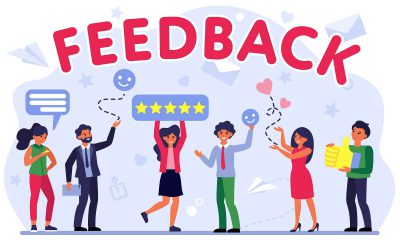For the longest time, Human resources have been a department focused around number crunching and headcounts. In fact, according to a survey conducted by Sage, only 34% companies are using data and analytics to drive their manpower decisions!
Though the percentage of data and fact-driven HR policy companies are less, it doesn’t mean that people are unaware of the importance of analytics and how to leverage it for better bottom lines. Gradually more companies are realizing that in order to be able to attract and hire the best, they need to design the most effective processes and the best policies to retain people.
One of the first steps to drive this culture is to understand the benefits of HR analytics and then implement it at the ground level.
Here is how the HR team can churn previous facts and data to create business intelligence.
Integrating employee data: When you put out a job post it is natural that you will receive numerous applications. What you do with all this data is totally up to you, however, keep in mind that just meeting the numbers is not the point. Every candidate will bring to the table a different set of skills and experience, and only if you are able to integrate this data, will you be able to hire the right people for the right job. Data-driven HR is the only way of recruiting the best fit and maintaining on file the next best or other resumes for future positions or additional hiring if the organization is in expansion mode.
Understand why change is necessary: As someone who is advocating this change to take place, the onus of convincing the top management about the importance of the role of HR analytics in workforce management also rests with the HR department. The following points would need to be presented with supporting comparisons, past data, and current market trends & expectations:
- Why moving to a more data-driven model is necessary
- The phase-wise rollout
- Timelines and target groups
- Financial implications
Identify practical trends: The most important element in driving this change is to ensure that all the benefits are practically visible. This means that along with the leadership team, even the peers and HR people should understand what’s in it for them. One way of doing this is by highlighting why the current HR system needs a change and how with the new approach various aspects can be improved and in the end, the business stands to gain.
Allocate the change-makers: When you finally decide to roll out this new data-driven change, you will need to identify a few people who can be the change-makers and can lead the team ahead to ensure its success. The right way of having more people in sync will be by constantly promoting fact-based working, creating constant awareness and monitoring results, and how the numbers are changing.
Making the process a way of life: No change can happen overnight especially when it means unlearning something that everyone has followed. The most practical way of inducing a smooth change towards a data-driven HR culture will be to keep it slow and steady. Use everyday examples and get the people to understand all the pros of data-driven HR cultures. Number crunching, analyzing, and reviewing what works better and what can be improved is an ongoing study of permutations and combinations and can be a very rewarding ongoing process, especially if an organization is able to highlight the right person for this role.
Getting people to work according to the application of HR analytics is something that is very profitable if executed rightly. Arriving at the right numbers/ analytics would add to the business intelligence and over the years an organization could build a huge resource pool of such data that makes it easier to take decisions, both promptly and profitably.
For more information and free consultation get in touch with our experts at info@emgage.work

 Performance3 years ago
Performance3 years ago
 Performance3 years ago
Performance3 years ago
 Employee Life Cycle3 years ago
Employee Life Cycle3 years ago
 Recruitment3 years ago
Recruitment3 years ago
 Performance3 years ago
Performance3 years ago
 Performance3 years ago
Performance3 years ago
 Recruitment3 years ago
Recruitment3 years ago
 Recruitment3 years ago
Recruitment3 years ago





